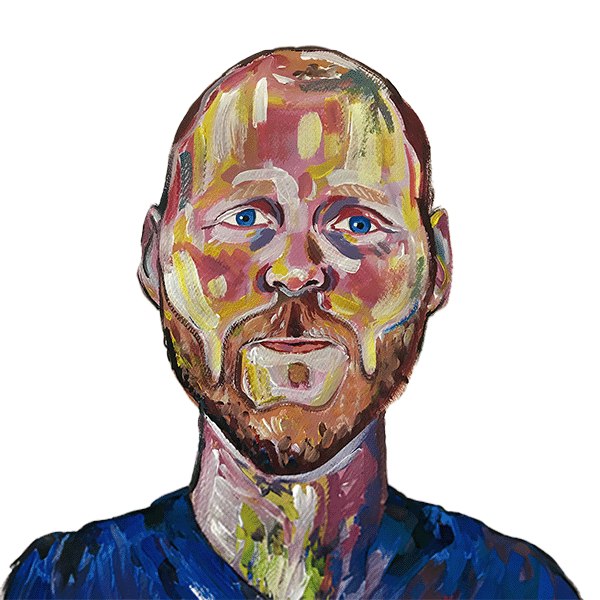Use your curiosity, not AI

Let’s start with the obvious: why on earth would anyone use AI (Artificial Intelligence) to understand how to tailor rewards? You might think there’s an obvious answer to that, but hear me out!
I often find myself having a ‘facepalm moment’ when time-after-time salespeople contact me insisting that the solutions they offer use advanced tech as an efficient and accurate way to identify people’s drivers – what makes them tick and what will offer the biggest incentive. The idea being that if you know this, you can then tailor rewards and increase engagement.
What a massive oversight. As an industry and society, we’re so caught up in what AI can do, that we make massive assumptions when we learn about its capabilities. As a result humans (your team) are cast aside whilst we get consumed by advanced tech. Don’t get me wrong, there is a place for advanced tech, but this approach is not it.
At Spotify, where we dare to be values-driven, we’ve invested in our C&B team, just as we have with all our employees – we’ve nurtured them, instilled our company culture in them, and they know our business and our employees. In fact, they are experts at getting the right balance of putting both the business and the people at the centre of their work. AI and machines won’t be able to take your culture into account. It won’t be able to come up with the most creative dragon’s head used as attraction or retention. But your team will.
The role of autonomy in incentives
Let’s take a pause, a deep breath and try to engage our brains. We should remember what we already know. For example, we know that it’s most efficient to inform, educate and then trust people to make their own decisions regarding risk / reward in their incentives.
At Spotify, there’s also a deep-rooted pull towards autonomy. It’s part of our DNA. We believe in our talented band members, giving them both the support and autonomy they need to create. For Spotifiers, who guide their development and carve their own path (along with their manager’s support, of course), having autonomy is part of everyday life. It would be strange to them if we didn’t allow them to shape their own destiny – that’s why we created Spotify Incentive Mix.
Since launching the Incentive Mix in 2019, one of the most interesting insights we’ve gained is how different groups mitigate risk. Since we give our people the chance to set their own risk-level, we can see the choices they make and gain some deeper insight into how different people are motivated.
Having this autonomy means our team can learn more about our people, showing us the best way to incentivise them. For those of us who are keen to nurture our curiosity (also a part of our DNA at Spotify) we can even start asking more philosophical questions, such as are we only helping the rich to get richer, because they are the only one that dare to take risks? We may not get a binary answer on this, but with curious human brains, we can certainly start to think about the questions that matter – for our people, our business and society as a whole.
Where is AI useful?
When faced with the sales offer of using AI solutions to understand how to motivate and incentivise our people, I just cannot see how it would give us the room to allow for autonomy and in turn to get insights that allow us to consider these philosophical questions. This is why we don’t use AI.
The way we look at it is that once we’ve given our people their benefits (serving them up in a way that fits with our culture), and we know which questions can help us reach great insights, we find that the data that we’ve been able to gather as Spotifiers have made their autonomous choices, can be extremely helpful. This is the place where we should seek to find answers using the machines!
This can help us to forecast what problem we need to solve in the near future. How we should structure our compensation and benefits schemes in order to incentivise and motivate our people.
What’s more, we can also use these insights to build models that understand the first findings on risk appetite in certain groups. From there, we can take it one step further and even go as far as forecasting our equity spend.
This is where AI is so useful.
It’s a team effort
Having these insights wouldn’t have been possible without our current team structure. With a Total Compensation & HR Insights team, where our HRIS, People Analytics, Mobility, Equity, and Compensation and Benefits people all sit under the same umbrella, we’re set up for maximum collaboration, where we all get to satisfy our curiosity on a deeper level. We think this work where we can use our collective business knowledge, people knowledge and a twist on the traditional ways of working with data, people analytics and HR Systems rocks.
It’s this that keeps us ahead and can inform our strategy.



